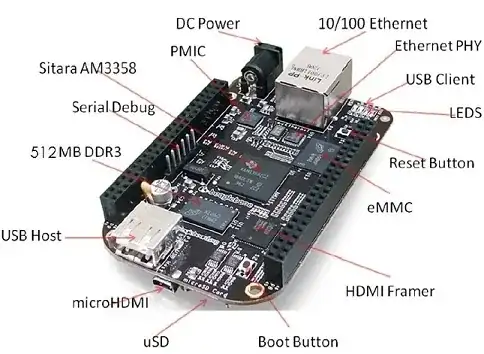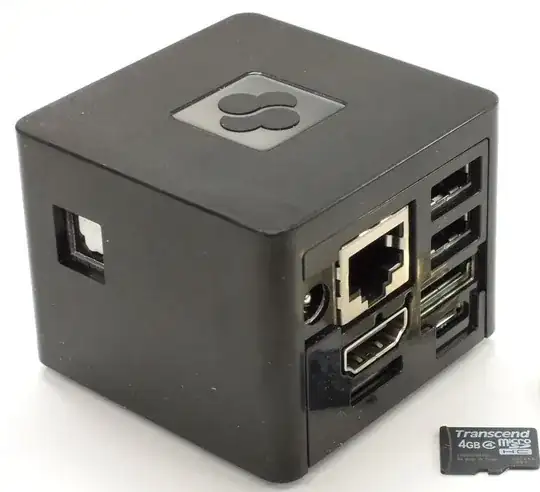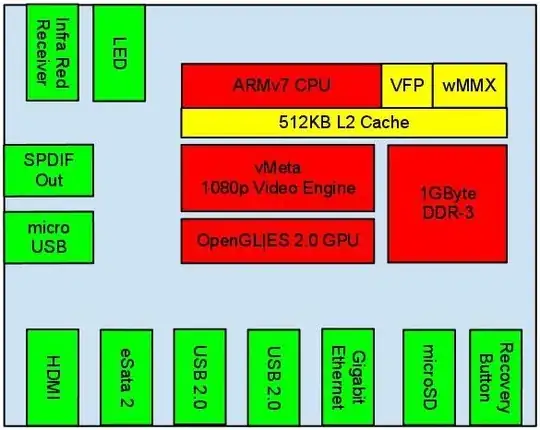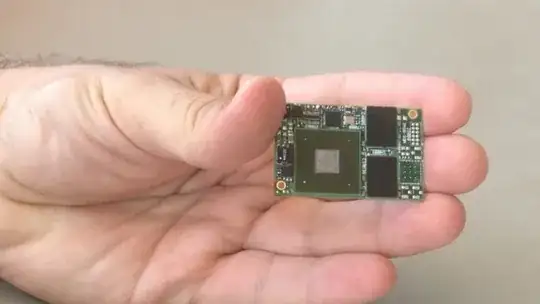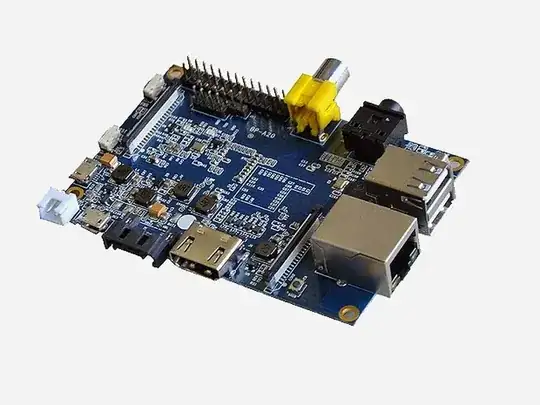I think there has been an explosion of these things recently -- e.g. the parallella board is not even the only one to come out of kickstarter!
Most (75%+) of the questions I see here are really linux oriented questions that aren't very pi specific,1 so if you keep that in mind, you have that very large community for support on anything that runs a reasonably stock version of GNU/linux (such as the pi).
So, vis. linux, some of the boards using a Cortex A8 based ARM A1X chip should have better support than the rpi because they can use the vanilla kernel source unmodified. [src]/Documentation/arm/sunxi/README mentions specifically the A10, A10s and A13. In this case, it would be easy to port any linux distro to a device based on them. I'm sure I've seen a few such things around, although I don't know how much more powerful than the rpi they would be.
Unfortunately the beefier dual core chips like the A20 used by the Cubieboard 2 are in the same boat as the pi, but this is still not so bad, since (I believe) the issue is just adding some machine specific code to the kernel; the userspace should all be compilable via GCC.
There are a slew of other ARMv7 processors in [src]/arch/arm, including the Armada 510 used in the cubox, and maybe the AM335x used in the BeagleBone Black -- although other people seem to maintain a source tree for that, so maybe not.
Linux-sunxi.org, which seems to include the kernel devs who do the implementation for the A1X chips, have a decent wiki that covers what works on various devices. Elinux.org, which provides a lot of coverage for the rpi, also covers other similar things.
Although Android uses the linux kernel, I would avoid devices that are android centric...having written software for Android, I think it is a nice OS but not something very suited to development or experimental use.
1 I can't emphasize the significance of this point enough, so, e.g., here are the 6 questions currently newer than this one here:
My point is not that these questions don't belong here, but that 5 out of 6 of those could easily be answered by people from the larger GNU/Linux community, who may have no particular interest in the pi; the same is true WRT "support" for other devices. Of those five, at least 4 (all except the RaspMC one) would probably be better dealt with (as in, get faster, higher quality answers) in a more general forum...I presume that people ask about stuff like this here because the pi is their first encounter with linux, and they are unaware of this.
